Worldwide Gearbox Motor Conveyor Belt Industry to 2025
Optional accessories include tapered bushing kits, screw conveyor flanges, screw conveyor drive shafts, belt guards, motor mounts, backstops and more. Screw conveyors are used in a variety of applications where moving bulk material horizontally or vertically is required. Applications where screw conveyors are utilized are: aggregate and cement agriculture, grain, mining, water, wastewater and more.
The screw conveyor gearbox mounts on the trough end of a screw conveyor. AutomationDirect offers a variety of gear ratios and sizes of gear boxes as well as screw conveyor flanges and drive shafts. Simply add a screw conveyor flange and drive shaft to the properly sized gearbox to couple up to CEMA style conveyor mounts. The screw conveyor flange includes mounting hardware – in this case 4 bolts and washers.
Keep in mind, these Aluminum Gearboxes are the lowest cost and the lightest weight, but are not designed to be operated 24/7 under stressful loads. It is important to determine your application needs by specs and not by price! Now the big question: How do I select the correct gearbox? You will need to look at: Usage, Power, Environment and Mounting.
If your application runs continuous without stopping and starting, then a lighter duty gearbox may work for your application. If your application requires stopping and starting throughout the workday, then a heavier duty gearbox should be considered. Keep in mind: Loads play a huge factor in selection as well.
We'll be covering the basics and most frequently asked questions when it comes to choosing, installing, and using timing belts and pulleys, and similar power transmission systems. In this episode, we'll be discussing belt selection for power transmission systems, taking a look at timing belts, V belts, flat belts, and chains (for chain and sprocket systems).
Before comparing each system for pros and cons, several elements need to be considered in any application when deciding on a type of power transmission: overall system or package size, environment considerations, and application specific requirements, including food grade or food safe requirements, and anti-static or conductive systems for electronic applications.
Because of these improvements, timing belts are also usually a more expensive option, so carefully evaluate all requirements when choosing a belt type.
As mentioned before, the operating environment may cause some issues with the belt, especially in temperature extremes, but if you're using it in an approved temperature range, using a belt and pulley system may be your best bet, and for applications which require superior timing and load or power transmission, a timing belt is the way to go.
Related Posts
By accepting you will be accessing a service provided by a third-party external to https://www.guomaodrive.com/

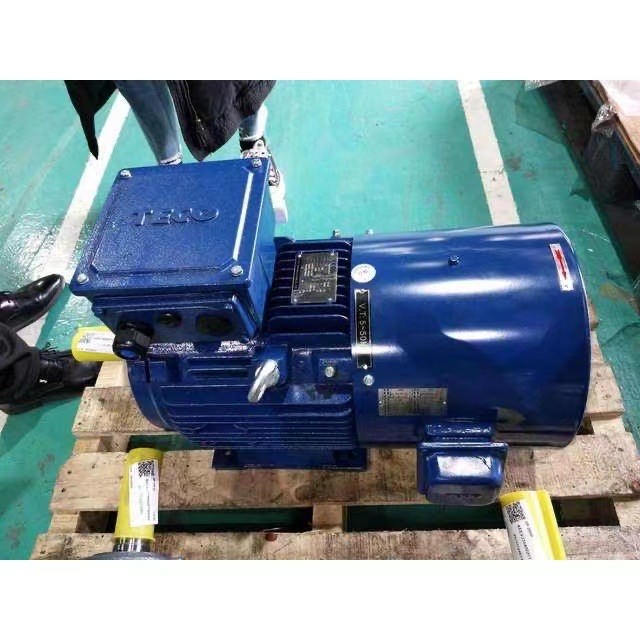
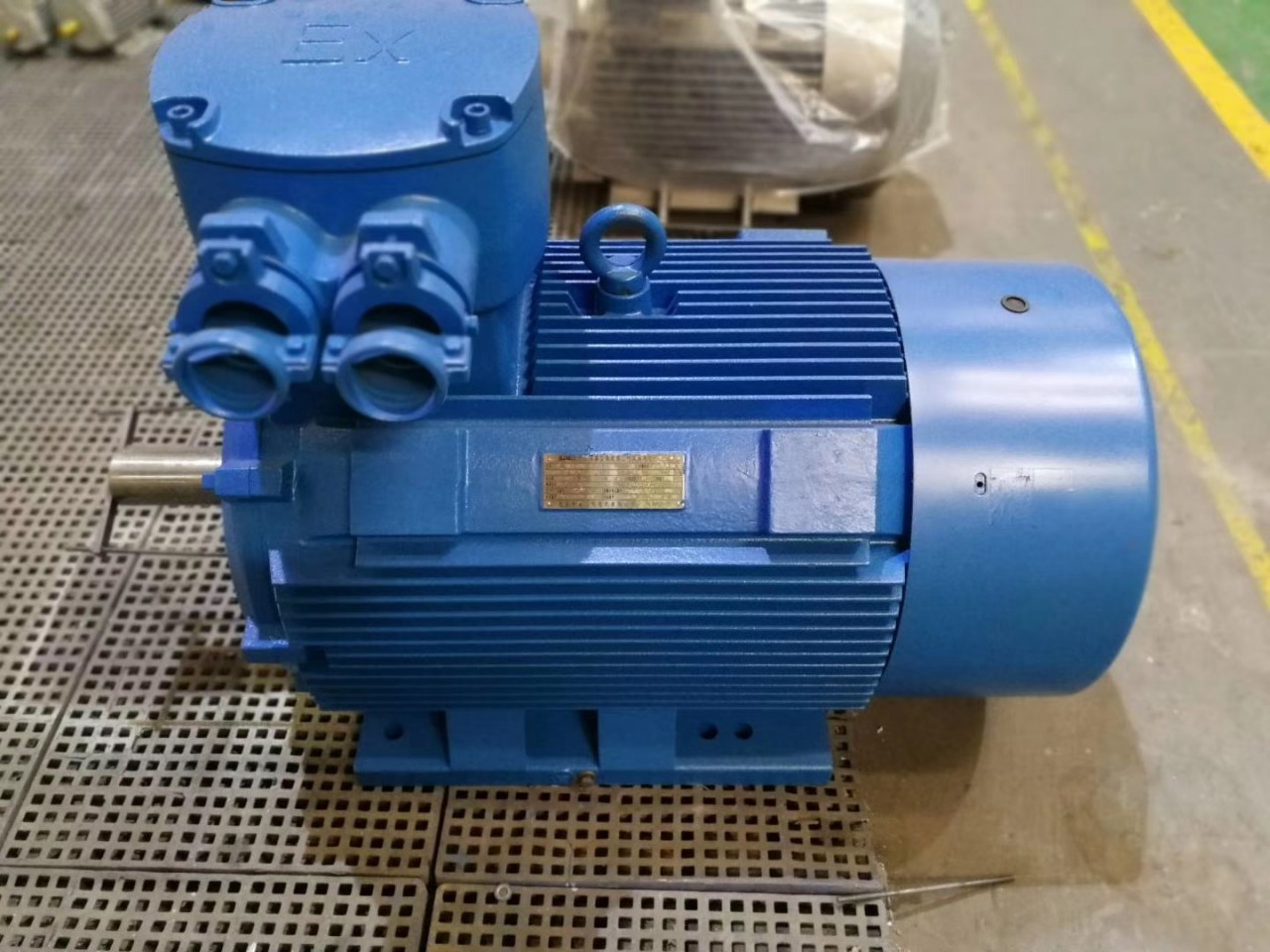
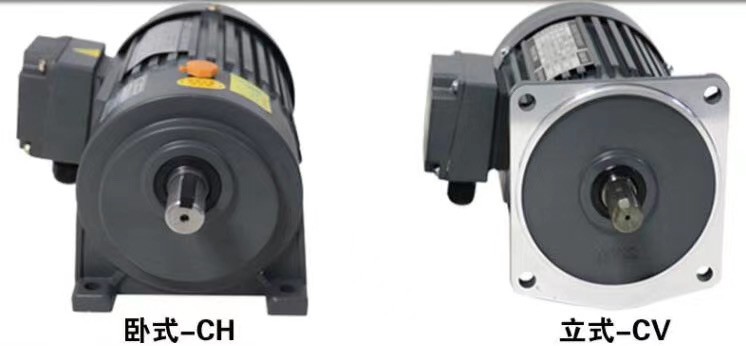
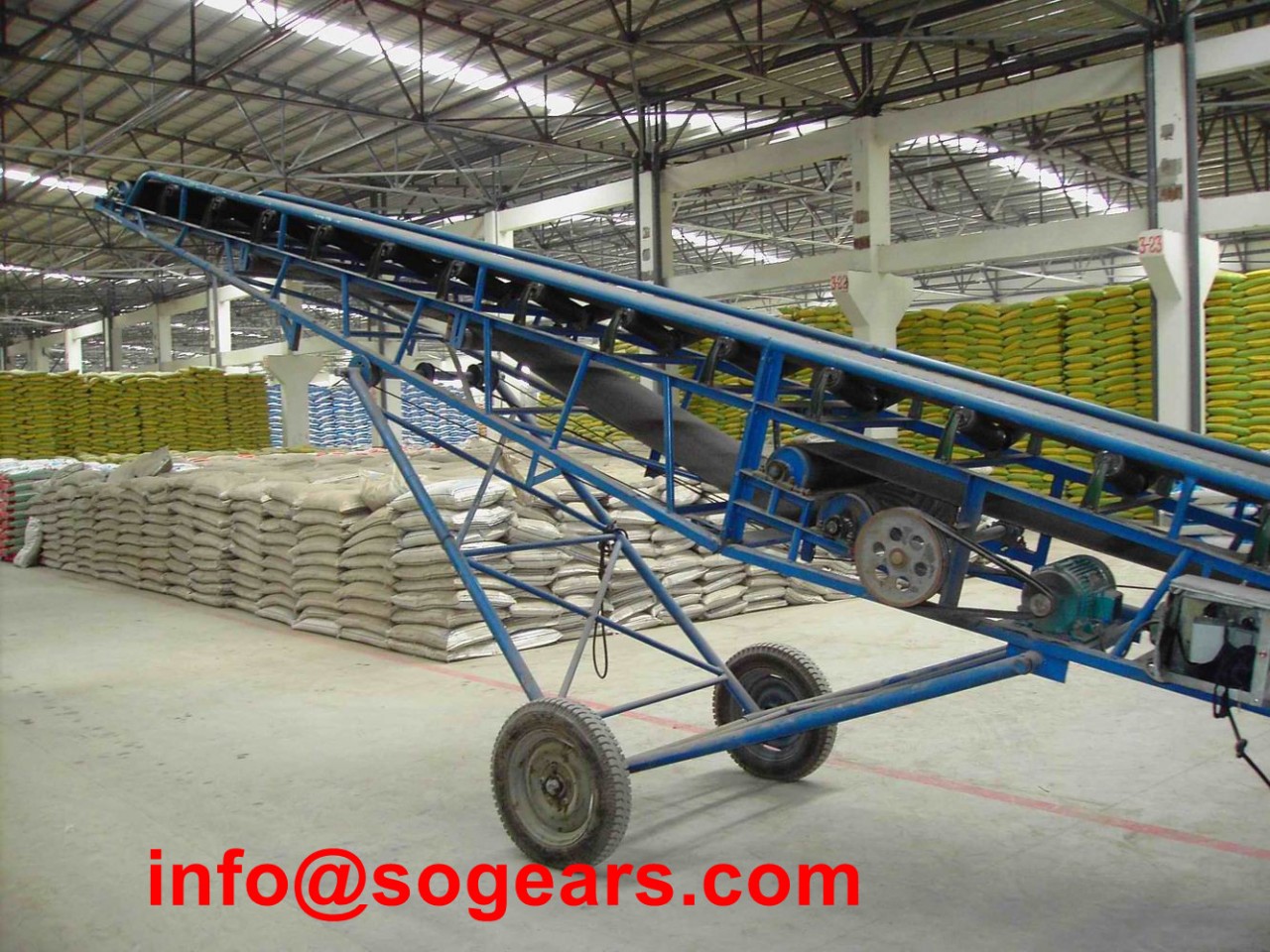
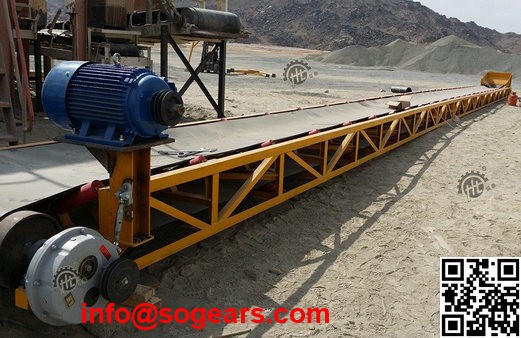
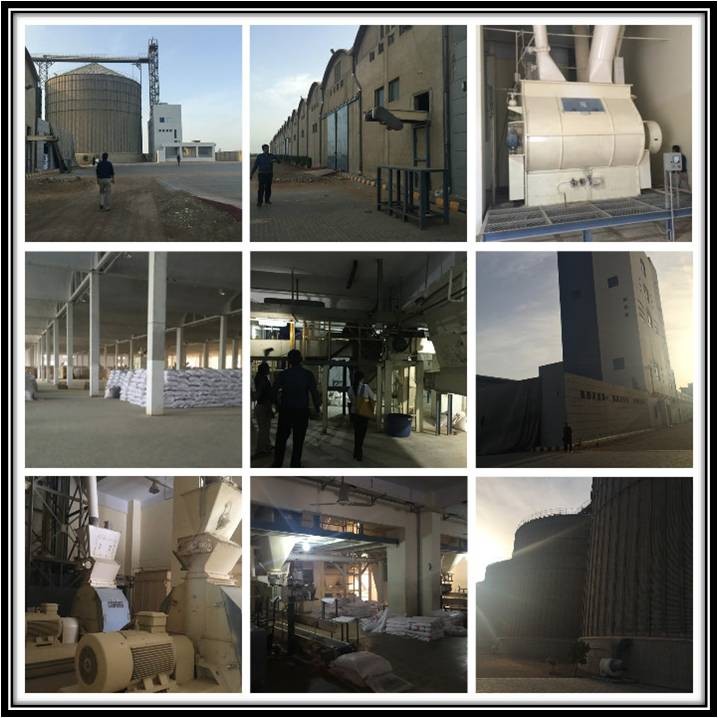
Comments